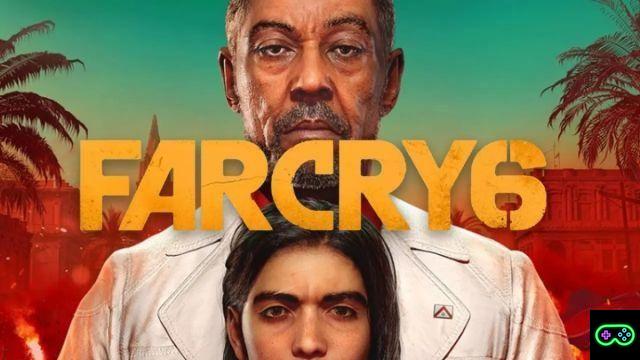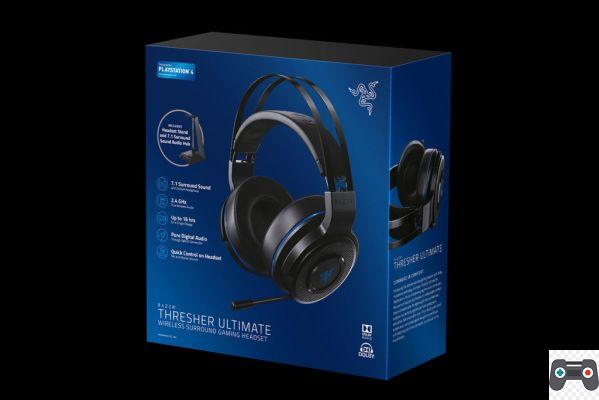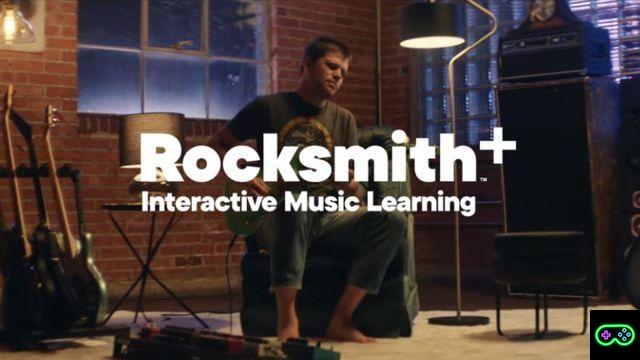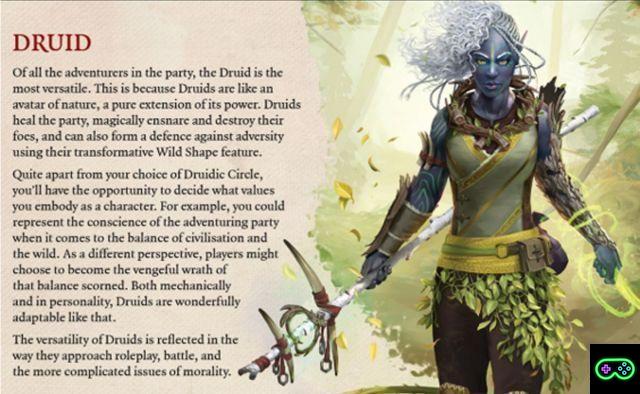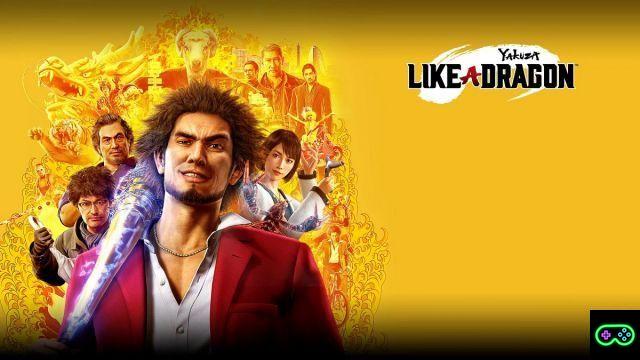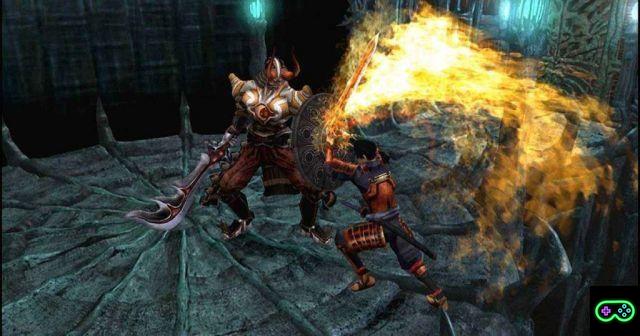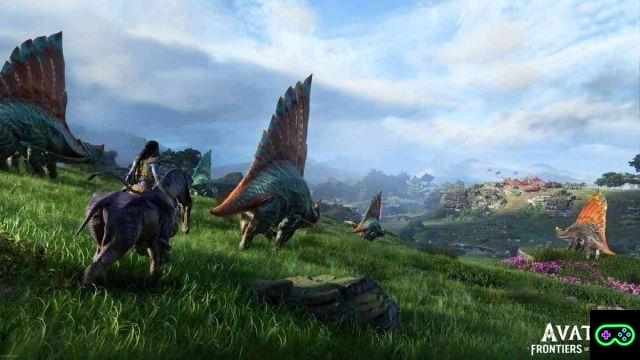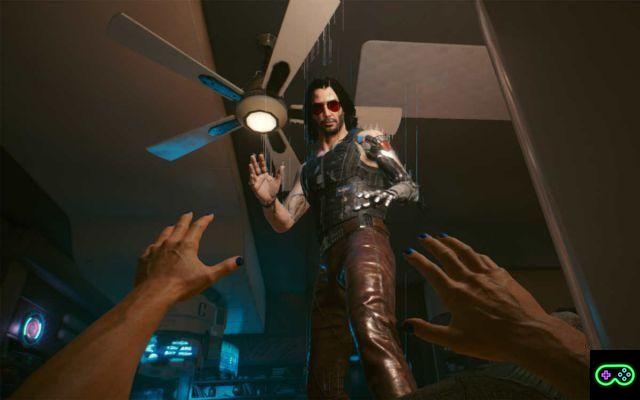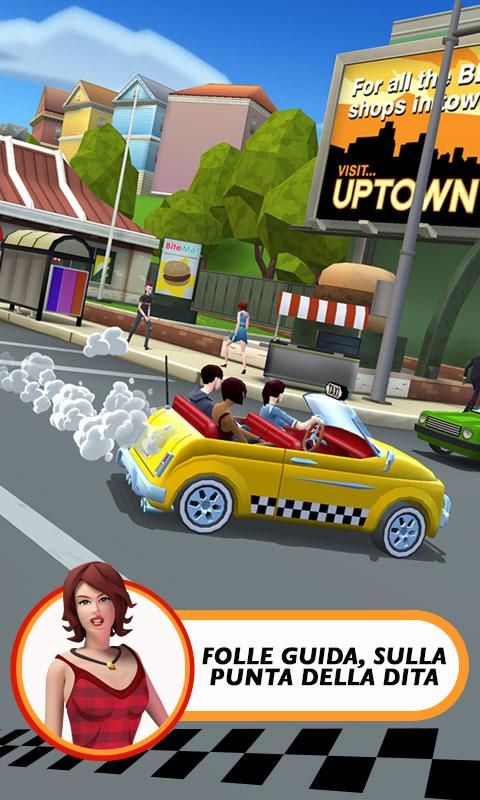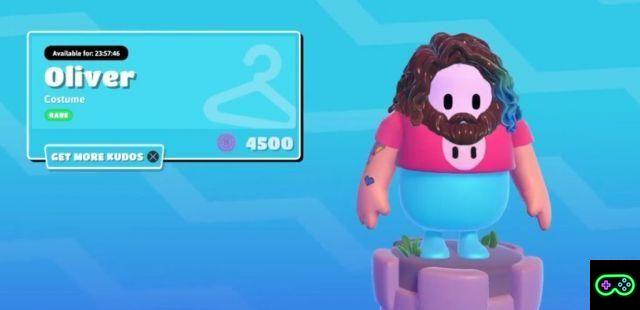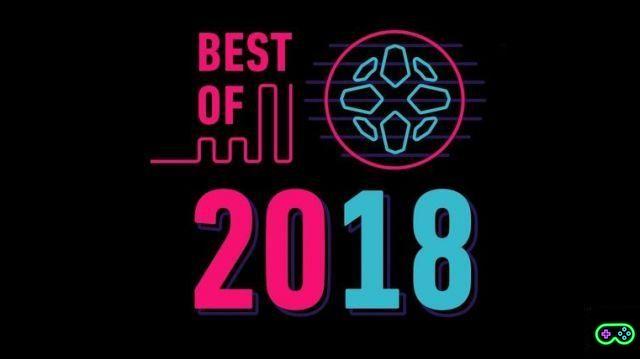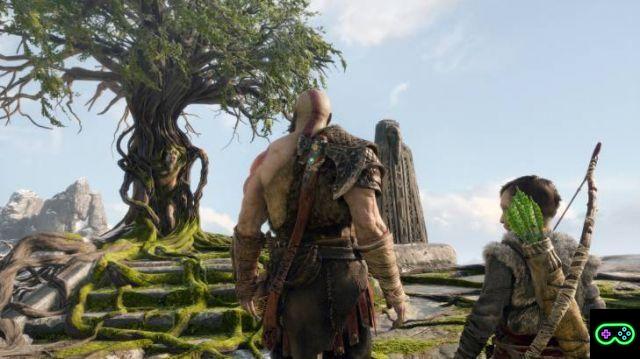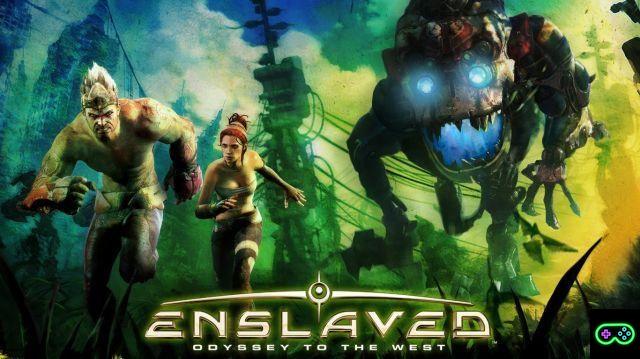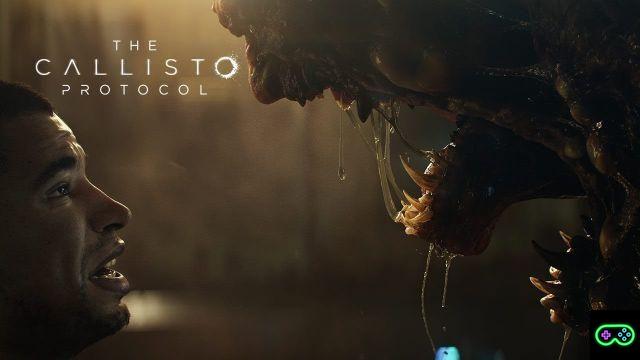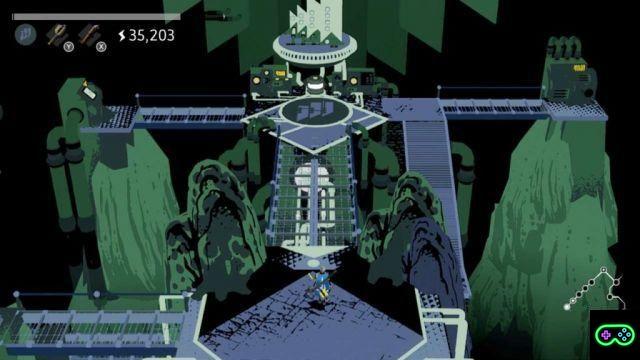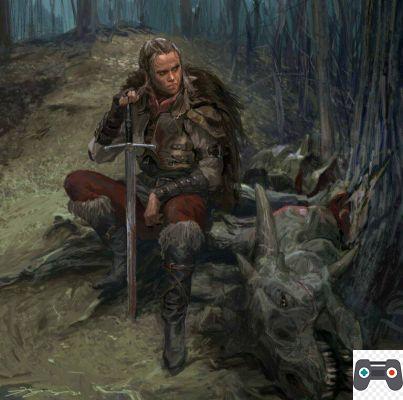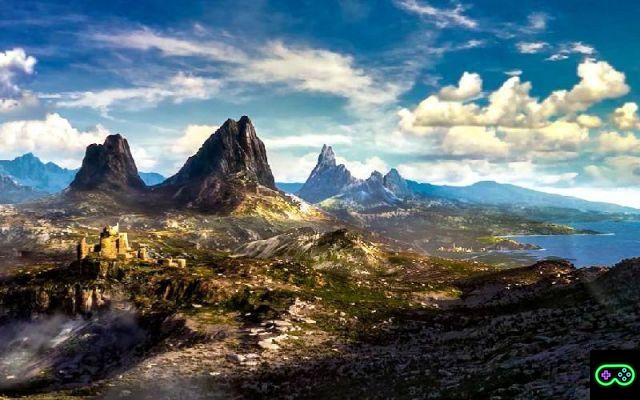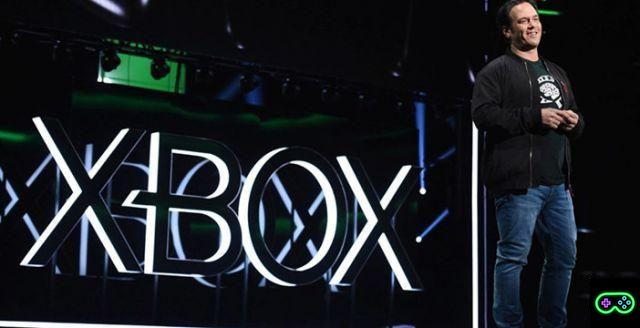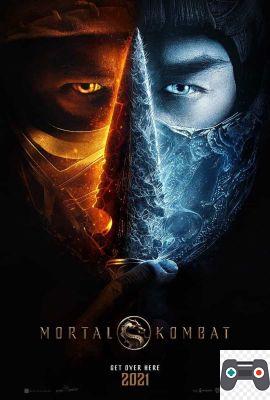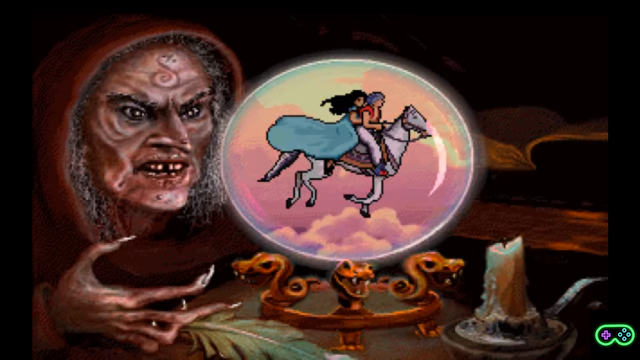O you who have sound intellects,
look at the doctrine that is hidden
under the veil of strange verses.
With just nineteen words, the Supreme Poet gave life to one of the most mysterious triplets of the Divine Comedy. Over the years, the greatest Dantists have lavished rivers of ink on the interpretation of these three hendecasyllables; however, what all scholars converged on is that these verses were aimed at the readers: those who are endowed with a healthy mind and not darkened, they will be called to see the message that is hidden behind apparently incomprehensible words.
In a modern vision, less "sum" and more current, we could see a warning in these words, a teaching by one of the greatest personalities of literature: the task of a mind that defines itself as thinking is to grasp the meaning of allegories and more hermetic metaphors, thus breaking the veil that separates it from virtue and knowledge.
It is very common to come across works in which the author has instilled his own personal vision, hiding it behind an "artistic diaphragm" and assigning it only to those who are willing to go beyond appearances.
Even the videogame, a true medium of the modern age, happens to become a container, a means with which its creator decides to convey a more or less hidden message; however, in an industry that also pays attention (and how can you blame it?) to profits, often an artistic choice of this type (when it is not thrown away a priori by the producer on duty) turns into a real act of faith, with which the author hopes that his creature will encounter the highest number of "healthy intellects".
Death Stranding it is perhaps the most shining example of those acts of faith just mentioned. Since its release, it was clear that the title would be talked about for a long time and, if about two years later we are here to write a "new review", we can say that we are not wrong.
The release of this Director's Cut has given new life to a debate that has never really subsided, among those who have been fascinated by the narrative universe created by Hideo Kojima and who, on the other hand, hated the playful formula.
As you surely know, our portal already has a review of Death Stranding (by the irreproachable Amerigo, and available here) and the version in question here, beyond a slightly hipster and radical chic name, is a remastered for PS5 with a few small additions.
So why return to these shores again? Why strike up a new review if the game is basically the same as it was two years ago?
I could answer you by saying that it is always a pleasure to savor the masterpieces again, but I would be lying. The reason I'm (and we are) here still talking about Death Stranding is to try to answer a question: what has changed in these two years?
Whether you are at your first experience with the game or not, keep this simple question in mind, because it will accompany us throughout the review.
Where were we?
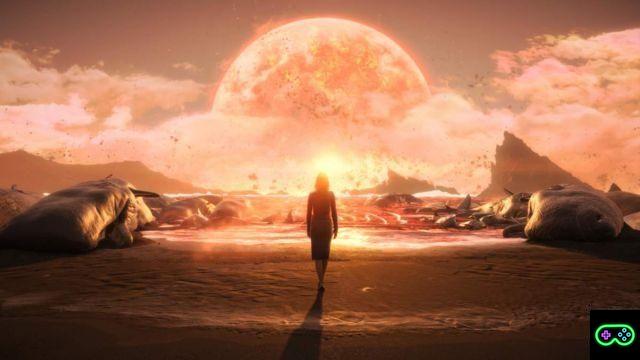
In a future we don't know how far away, the world as we know it no longer exists. A mysterious event called Death Stranding has in fact annihilated most of humanity, forcing the survivors to live barricaded inside the city-bunker, isolating themselves from everything outside.
But that's not all: the Death Stranding caused the appearance of an atmospheric event called Cronopioggia, capable of accelerating the passage of time and consuming, in a few moments, almost any form of life. As if what has been described so far were not enough, the greatest danger for what remains of the human race is represented by the Stranded Creatures, better known by the name of CA; they are anthropomorphic ghosts, invisible to the naked eye and animated by a single purpose: to grab man and groped to rejoin him, generating enormous explosions should they succeed.
The protagonist of our story is perhaps the most unlikely person imaginable, but only in appearance; his name is Sam Porter Bridges and carries out one of the key professions of this new world: the courier. Yes, Sam spends his days delivering packages of various kinds and, thanks to his innate ability, until now he has always managed to avoid falling victim to the CA. However, one day he receives a decidedly strange request; the president of what remains of the USA asks him, at the end of his life, to realize his dream: to connect all the cities of the United States and, in fact, to unify America again.
It goes without saying that the task will ask Sam to make the longest of his journeys, starting from the West Coast to reach Edge Knot City, located on the Pacific. His crossing will be fraught with dangers, consisting of the CA, the donkeys (former couriers without a purpose and driven to madness) and the Man of the Madness, a mysterious terrorist fringe whose ultimate goal seems to be the total extinction of mankind.
Our hero's only travel companion will be BB, a 28-week-old newborn located inside a capsule that, when connected to a scanner, will be able to detect the specific location of the CAs around us. Sam still does not know, but the relationship with what should be just a piece of his equipment will change him profoundly, coming to question his beliefs and pushing him to become aware of his identity and his role.
A few small additional notes
If we analyzed the narrative aspect of Death Stranding, we could immediately deduce that this was the least touched aspect by the Director's Cut. In the infamous first trailer of this new version of the game, it was in fact possible to notice some additional missions that, presumably, they would have added new pieces of plot to an overall picture which, it must be remembered, did not present any kind of gap.
The aforementioned quests begin to unlock relatively early, and actually introduce new environments, new types of enemies and, above all, reveal more details about some key characters of the story. However, it is good to say that this is not an addition that, individually, is worth the price of the (new) ticket, especially for those who, like me, have already largely completed Sam's adventure on Playstation 4.
However, it is precisely on this point that the first, great change concerning Death Stranding can be recorded: the game plot has remained intact, but it is we who have been irremediably changed. The writer decided to relive Sam's adventure from the beginning, ignoring the possibility of importing the save from PS4 and trying to understand how much the "Kojima touch" was preserved.
Well, two years ago I was struck by the post apocalyptic sci-fi setting set up by the Japanese creative, but today it is impossible not to see it as a huge allegory of what happened to all of us.
Death Stranding is a story of broken ties, of an end to which a new beginning must correspond, of many human beings trying to take back what was once known as "normality".
If all this, in 2019, was seen as the vision of one of the last, great creatives of videogame art, today, in 2021, we cannot but identify with the history of Sam and the UCA, managing to perfectly understand the nightmare of ' isolation, fear, desolation and that deafening, immobile silence in which everything seems immersed. No, we have not become more sensitive or more empathic: this, until a few months ago, was simply our life.
Please to meet you, my name is Sam and I deliver packages
Like it or not, Kojima's formula was revolutionary two years ago, and remains so today. Let's explain: in essence, all we have to do is bring a certain object (or more than one) from point A to point B on the map, having to deal with obstacles of various kinds. Whether it is a donkey camp, an area with a high concentration of CA or a simple rough terrain, it will be up to us to identify the best path to take, using the equipment that we will unlock with the continuation of our trip to the West.
In any case, the greatest opponents of our crossing will always remain ourselves. A race on particularly steep terrain, an incorrect load distribution, yet another delivery made without having rested first and, therefore, with little vigor: all this could lead us to failure which, however, does not correspond to the classic "Game Over". In this respect, Death Stranding represented one of the first titles to empty this moment of its inevitable punitive charge, making it coincide with a new beginning and making it an integral, if not essential, part of our path.
Clearly said, in the 2019 version, the Standard difficulty level was pretty lenient and, outside of some boss fights, I think I have "resurfaced" altogether no more than once or twice.
The true greatness of Death Stranding's gameplay consisted in pushing the player to carefully move every single step, equipping himself wisely and "lightly", choosing if and when to fight and, above all, collaborating with many, many other couriers.
In a world where multiplayer online is almost always synonymous with competition, Kojima-san had shaped a model of "asynchronous aid", in which any equipment could be dismantled as much as left in place, to lend a hand to all those who would come after, who could even enhance our creations.
Whether it was a staircase, a power plant, a cable car, a highway or a simple beaten path, all of this would have made life easier for so many other Sam Porter Bridges, relieving some of their fatigue.
And it is perhaps precisely because the entire gaming experience revolves around the concept of "fatigue" that many fans, after having come across the trailer for the Director's Cut, were not a little worried.
Of catapults, bridges, robotic companions, jetpacks and other devilry
The most substantial additions of this Director's Cut concern the gameplay, but let's proceed in order.
One of the first innovations concerns the Shooting range, that is an additional structure present in each city which, as the name suggests, allows us to practice with each weapon. Always in order to obtain the maximum mastery of our arsenal, we are subjected to real missions, in which we will have to shoot down a series of targets, in a certain area, in a limited time. If what has just been described, at first glance, can rrecall the never forgotten VR Mission of Metal Gear Solid, know that nothing you will see has that depth, but it manages to add a pinch of competitiveness to the multiplayer of Death Stranding, allowing us to access the records of the most experienced players. The stealth mechanics, vital in some of these missions, however, remain basic, nothing comparable to "other works".
Always in this respect the motor racing circuit. We will be able to unlock this new area during Chapter 3 and, once again, we will be able to access one of the real "post apocalyptic entertainment" of the game. Again, the game steers into the competition, pushing us to hit the best times and rewarding us with a new vehicle. Probably the presence of such a place will be out of tune in a context like that of Death Stranding, but Kojima is not new to this kind of "surprises", which break an otherwise excessively heavy climate. That said, however, the driving system is and remains extremely basic, letting us see the circuit exactly for what it is: a fun variation on the theme.
The new level of difficulty represents a new and satisfying challenge for the most demanding players, but the time has now come to examine the new gadgets that the good Sam can count on, and it is good to specify one thing immediately: none of these will facilitate you. the life. But let's take a couple of examples.
The motorbike with hoist trolley is definitely a very valid means of transport, but an incorrect maneuver will be enough to damage your load and, consequently, compromise the final evaluation. The chiral bridge it is a low cost solution for our crossings, but it will be unusable in case of Cronopioggia. There catapultinstead, it will allow you to throw the packages inside a capsule, parachuting them in the desired area; if, on the one hand, this move will allow you to face some threats with a lighter heart, on the other hand you will find that the catapults absorb a large slice of chiral band and, therefore, will prevent you from building other structures.
If the jump ramp is perhaps the most unnecessary (and spectacular) addition to the lot, theassisting robot instead it is a nice novelty; these robotic companions will accompany us on our adventures, lightening the load or even carrying us on their back (which however will compromise the final evaluation) but, as easily predictable, there are limitations: we will be able to build only one per map and, moreover, the bot will only be able to move in the areas covered by the chiral network, forcing us, even more, to search for all the Preppers. The same jetpack, a real "bone of contention" for fans of the game, is unlocked at such an advanced moment that it does not allow any effective facilitation.
In short, how has Death Stranding gameplay changed? In a greater number of arrows available to our bow, but mind you: none of these will pave the way for the final victory. The journey you are called to make is a long one, and it is up to you alone to make it.
Between videogames and cinema
If they could give me a euro for all the times I have heard (often out of place) this combination, now I would probably be intent on writing this review directly from the cabin of my yacht. Seriously, it is well known how much the dividing line between the two media is now increasingly thin, and it is equally well known that Hideo Kojima was the creative who, more than any other, introduced a certain cinematic slant in his works. In 2021, almost two years after its release, we can say with certainty that Death Stranding is the title that, more than any other, has cleared the videogame-cinema combination.
The reasons supporting this statement are different: one could mention the nine-and-hour cutscene, wisely placed in the main junctions of the work; we could tell you about the massive presence of first-rate Hollywood actors, who have put their faces and their voices at the service of the game; or again we could mention the many moments of "pilgrimage" to the destination of the moment which, out of the blue, are accompanied by a masterful soundtrack (and enriched in this Director's Cut).
Furthermore, it is not possible not to mention the power of a graphic engine (the Decima Engine) which did justice to a realistic and detailed game world, as well as a huge motion capture work, capable of transposing the most imperceptible facial animations of the characters on the screen (raise your hand if you don't feel a long shiver run the back remembering the grin of Mads Mikkelsen). However, what makes Death Stranding the closest videogame to the cinema is precisely the taste with which its creator has mixed two fundamental elements such as plot and gameplay, dosing them carefully and without ever letting one take over the other.
A desolation… next gen!
I can't hide from you that I had a healthy curiosity about wanting to find out what improvements the Playstation 5 version of a title that, from a technical point of view, already represented excellence on PS4 could show. As happened with other PS5 exclusives, even in Death Stranding Director's Cut we can choose between two different settings: the classic mode Performance, which guarantees 60 fps and 4K upscaling, and the Quality, which instead prepares a native 4K, but with a slightly more “dancer” framerate. Having tried both, I can't help but advise you to venture into what's left of America at the highest possible graphics resolution, as the framerate drops are quite few.
The landing on the new flagship of the Sony house has solved another of the worries concerning the previous version of Death Stranding: the loading times. If on PS4 entering and exiting a shelter could have meant losing several minutes, now the SSD has drastically reduced any waiting, allowing the player to immediately immerse themselves in his missions.
Lato dualsenseinstead, the sensation is bittersweet. On the one hand, in fact, we find a good use of the adaptive triggers, which return different feedbacks for each weapon and, above all, a feeling of "effort" every time we are called to grab the shoulder straps of our backpack; on the other hand, however, you could dare a little more on haptic feedback, which does not have that vast sample of vibrations to which we were used to with other Sony productions.
Some have also remained intact animations woody of our Sam, both in the hand-to-hand combat phase and, above all, in the phase of interaction with game elements such as ladders and rocks to climb; as also happened on PS4, we will still fall while walking on a ladder or jump when, instead, our intent was to climb a ledge.
Net of what has been said above, the on-screen rendering of the Director's Cut of Death Stranding is, once again, magnificent, so much so as not to fear the comparison with more recent works.
Final judgement
Here, player, sharpen your eyes to the truth,
because the veil is now very thin,
sure that passing inside is light.
Death Stranding is back among us, in a version that, as specified by its author, of Director's Cut has only the name. What we are faced with is a remastering in the true sense of the term, which adds some content to an experience that, it must be emphasized, was already complete and satisfying in its 2019 release. to distort the gameplay in any way, but make it more varied; net of what has just been written, probably those who have already lived their adventure in post-apocalyptic America will not be pushed to start it again from scratch, but perhaps they will be pushed to access additional missions at a price, all in all, moderate.
We must be direct: if you belong to the “Bartolini Simulator” party, this Director's Cut will not make you change your mind, as it does not add action, shooting, fighting to a gameplay that does not need it. However, if you are at your first experience, if you have always heard of this work but have never had the courage to dive headlong into it, this is the best opportunity to visit one of the most innovative titles of the past generations.
Finally, I also want to address those who, like me, have already lived the journey of Sam Porter Bridges: believe me, it might be worth reliving his stories, not only for a richer play experience, but also because, in two years, we have learned how great the value of a bond is.




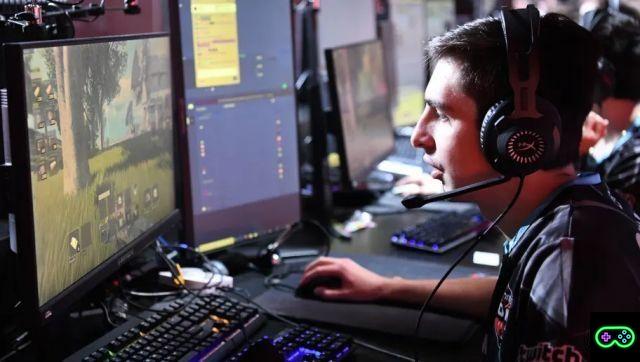
![[The Bear's Lair] God of War: Betrayal and Greek mythology](/images/posts/17432d3b12ecfec44b0b855d20c7520f-0.jpg)
